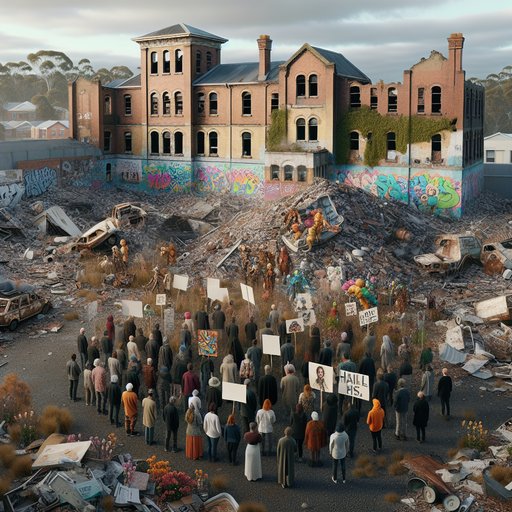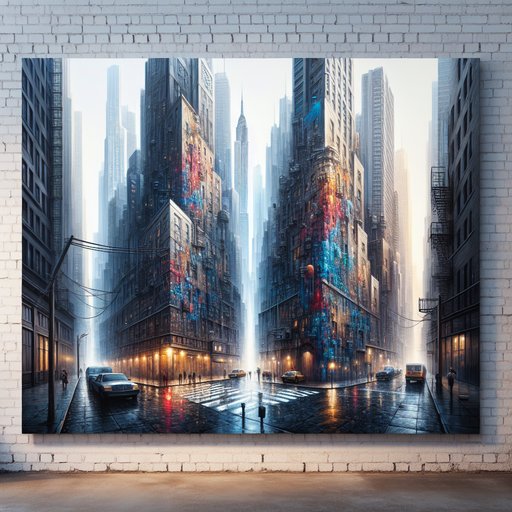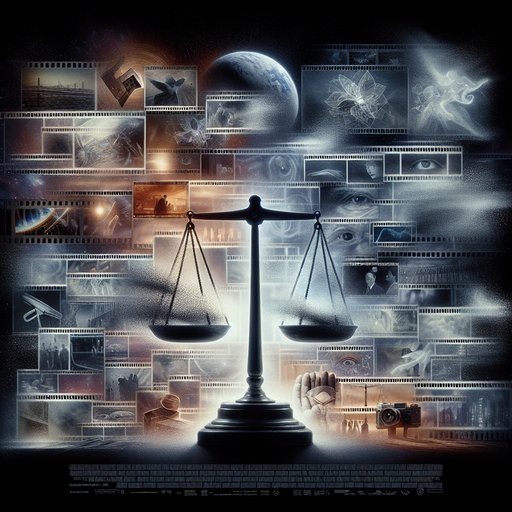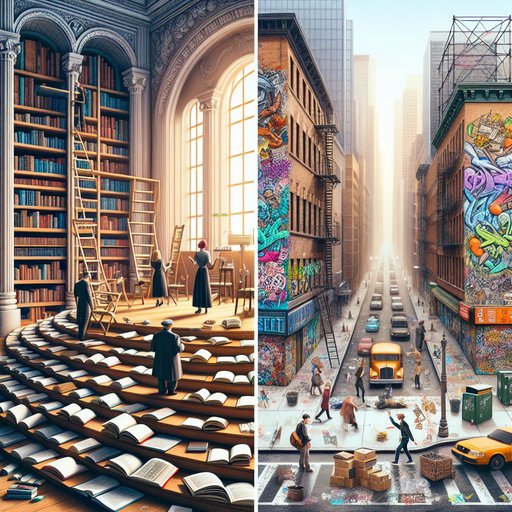- Details
- Written by: Anne Wienbloch

A trashed former hospital site in Newborough, near Moe, has hit the market after years of decay, with local voices calling for it to be converted into social housing rather than yet another speculative shell [6]. Real estate, yes—but also a referendum on what a community is allowed to say, stage, and remember while the wreckage still stands. As the sale sign goes up, so does a subtler placard: how do we protect people from hazards without silencing the art and testimony that often bloom in neglected places? The boundary between safeguarding and smothering expression rarely appears in zoning language, but in practice it can decide whether a town’s wounds are aired or quietly plastered over [6]. This is not a gallery spat; it’s a civic syllabus on who gets to narrate decline and design the future.
- Details
- Written by: Anne Wienbloch

A feature titled “Between Reality and Emotion: The 3D Storytelling of Célia Lopez” arrives with exquisite timing, reminding us that the most urgent canvases today are not just screens, but cities themselves [9][10]. The phrase in that headline distills the core tension of public art: we navigate facts underfoot and feelings at eye level, and we want art that can hold both without flattening either. As mobile tools for professional capture expand—Apple’s Final Cut Camera 2.0 now supports new iPhone 17 lineup features, with further updates for the iPhone 17 Pro noted this week [1][3]—the pipeline from concept to city wall is shorter than ever. The question isn’t whether 3D storytelling can reach the street; it’s whether, once there, it will diagnose civic health or merely decorate it.
- Details
- Written by: Anne Wienbloch

New trailers for The Ugly — a Korean thriller from the director of Train to Busan — have arrived, and they lean hard into the film’s preoccupation with memory [3][2]. Trailers are never neutral; they are cultural instruments that prime expectations, anxieties, and, crucially, policy instincts. In a season when institutions are quick to add warnings or gates, the arrival of a memory-obsessed thriller invites a familiar question with fresh stakes: when do we protect audiences, and when do we slip into policing their imaginations? The conversation is bigger than one film, but The Ugly gives us a sharp lens: if memory is fragile and constructed, then attempts to shield us can accidentally sand it down — and that, too, is a form of forgetting [2].
- Details
- Written by: Anne Wienbloch

This week’s reading list from The Intercept is a worthy ritual—a reminder that ideas still matter, and that curiosity is a civic practice in an anxious era [7]. But if we keep our noses only in books, we risk missing the other syllabus being drafted in spray paint, wheatpaste, chalk, and sanctioned murals across our cities. Street art is where a community’s pulse flickers in public, where the body politic tries to heal itself in full view. Consider the reading list as theory and the street as peer review: together they tell us whether a city is flourishing, fragmenting, or finding a new grammar for belonging.






















































